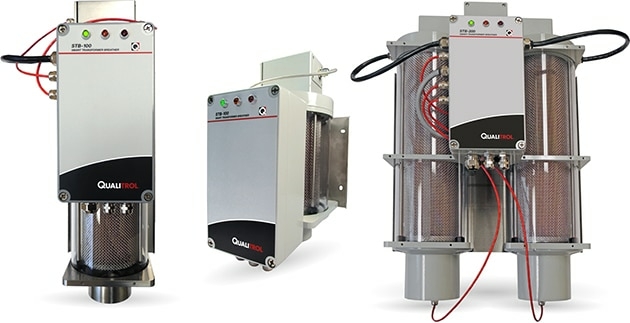source: ECN news
A new study using complex computational models finds that smart solid-state transformers (SSTs) could be used to make a stable, reliable “smart grid” – allowing the power distribution system to route renewable energy from homes and businesses into the power grid.
The idea of a smart grid that can handle power flows not just from the power company to our homes, but also back from our homes to the power company has been around for years. Among other benefits, such a grid would improve efficient use of renewable energy and storage. But, to date, the smart grid has been mostly conceptual. The new study indicates that it could move from concept to reality in the near future, using technology that already exists. The key technology is the SST.
Transformers are found in substations and at distribution points within the larger power grid. Conventional transformers convert the high voltage power used in power lines to lower voltage power that can be used safely in homes and businesses.
In 2010, researchers at the National Science Foundation’s FREEDM Systems Center at North Carolina State University unveiled the first SST, which not only performed all of the functions of a traditional transformer, but could also redirect power as needed to address changes in supply and demand.
“The SST is a fundamental building block in the smart-grid concept,” says Iqbal Husain, ABB Distinguished Professor of Electrical and Computer Engineering at NC State and director of the FREEDM Center. “It can scale down voltage for use in homes and businesses, but it can also scale up voltage from solar panels or other residential-scale renewable sources in order to feed that power back into the grid.
“And because the SST is a smart technology, it can switch back and forth between those two functions as needed,” says Husain, who co-authored a paper on the new modeling work.
The idea is for these SSTs to work together throughout the larger power grid to coordinate power distribution efficiently.
“We know how individual SSTs work, but the question since 2010 has been how they might work as part of a microgrid – and how those microgrids may work in the context of the larger grid,” says Aranya Chakrabortty, an associate professor of electrical and computer engineering at NC State and co-author of the paper. “This is not something that the power industry can afford to get wrong, and we need to ensure that the concept improves efficiency – and is therefore worthy of investment – without adversely affecting the stability and reliability of the grid.”
To that end, researchers developed a complex model that simulates the behavior of a power distribution system, accounting for the SSTs, renewable energy sources, and energy storage. The model is scalable, so can be used to predict the behavior of power distribution systems of any size.
“Using this model, we found that SSTs can greatly enhance the functionalities of tomorrow’s power grid,” Chakrabortty says. “However, certain operational boundaries would need to be maintained.”
Essentially, system designers and operators would need to ensure that the system – at every level – is taking into account customer power demand, power generation from renewable sources and energy storage capacity, in order to avoid providing too much or too little power.
“Addressing that challenge is one of the things that SSTs are designed to address,” Husain says. “Now that we know the grid would work better with SSTs, our next step is to develop the algorithms necessary for SSTs to make the split-second decisions needed to keep a system within its operational bounds – something we’re already working on. We plan to demonstrate this capability in less than a year, and hopefully within the next six months.”
featured image source: Qualitrol































